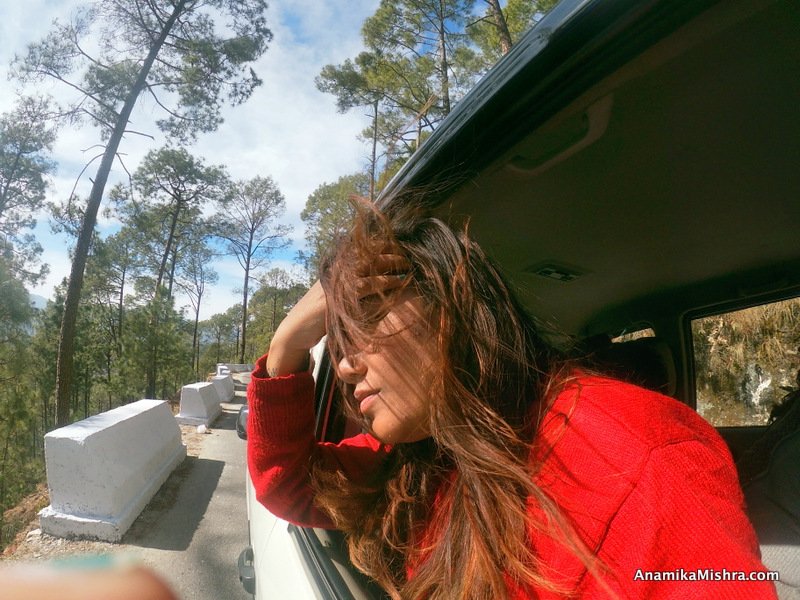It been over a decade since I visited Andaman and Nicobar Islands but the history that our guide told about Kala Pani Jail or Cellular Jail in Andaman, I simply cannot take it out of my mind. The brutal history of Cellular Jail shook me from within and made me wonder how brutal and cruel britishers were.
I am dedicating this post to all the Shaheed Jawans who lost their lives fighting for our nation’s Independence! I bow to them from the bottom of my heart.
Also, please excuse the photo quality in this post. The photos are of 2009 (you can see the watermark in some) and have been taken from a digital camera or my cellphone – Nokia 7210 supernova
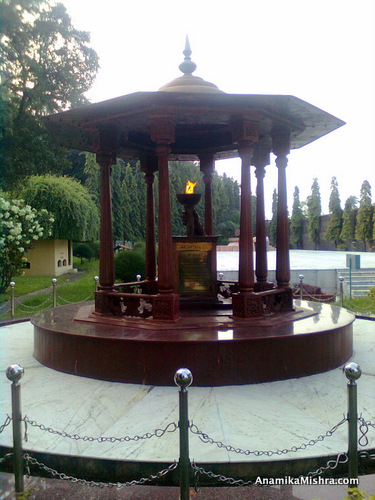

Cellular Jail is located in the Port Blair city of Andaman and Nicobar Islands.
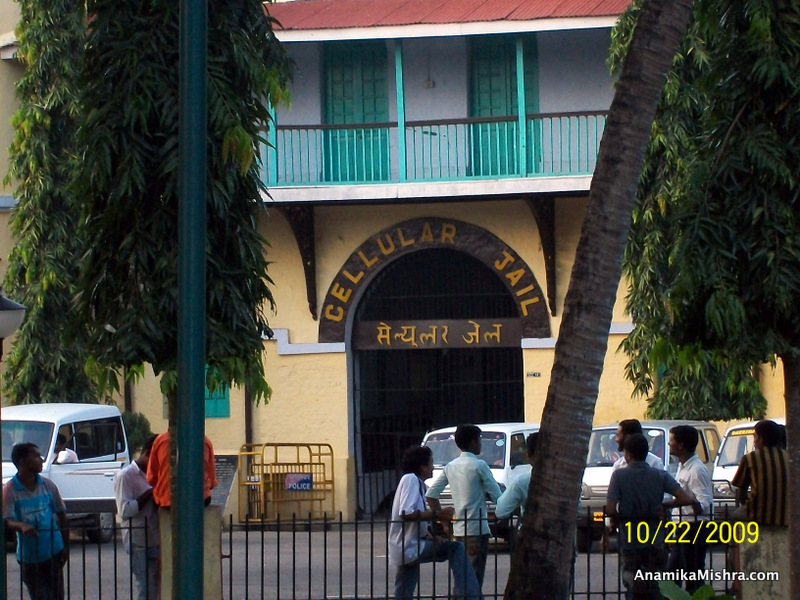
Kala Pani ki saja, the cellular jail of Andamans was dreaded by even by worst kind of offenders. It was believed who gets Kala Pani ki saja, never returns back. The prison was known to imprison many notable Indian freedom fighters and political activists during the struggle for India’s independence. Even if a prisoner who tried to escape could never survive because Andaman is just an island and think, how far a person can swim to save his life? Also, the prison was located right next to the ocean and rest of the island was a jungle. It was impossible to come back from Saza-e-kala-pani.
Despite the fact that now it has been turned in a historical monument and a tourist spot but it still narrates the brutality of Britishers and sacrifices of our freedom fighters like Batukeshwar Dutt and Veer Savarkar.
The construction of cellular jail was started in 1896 and completed in 1910 based on suggestion from on 1890’s Lyall-Lethbridge commision. Every brick of the Cellular jail has got a heart rendering story of resistance, sufferings and sacrifices. The bricks used to build the building were brought from Burma, known today as Myanmar.
The jail has 3 storeys and 7 wings, now only 4 wings are left.

As we toured around the Jail, the following:
The clothes of the prisoners
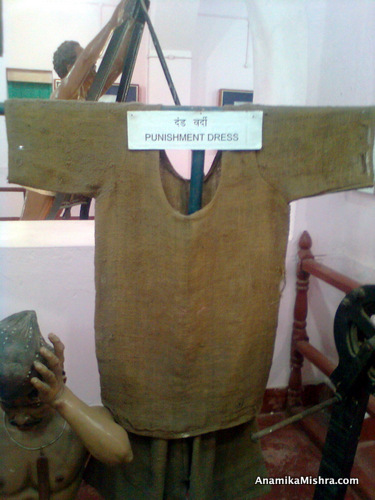
The cells/jails
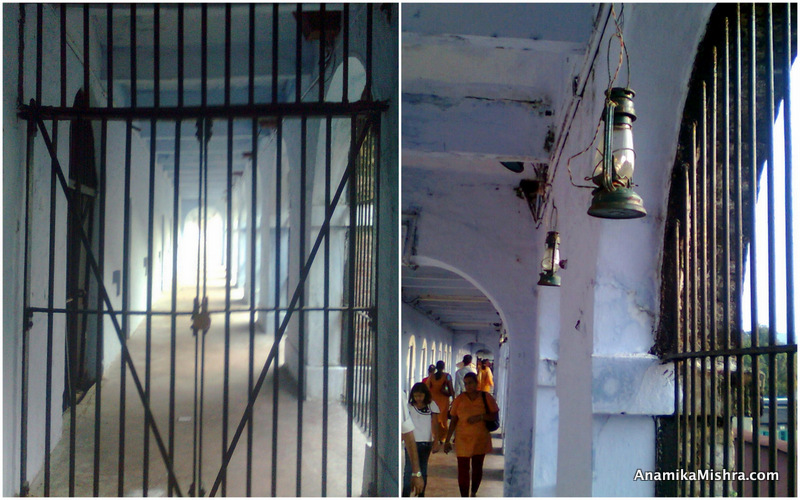
Gallows/Dungeon were executions happened
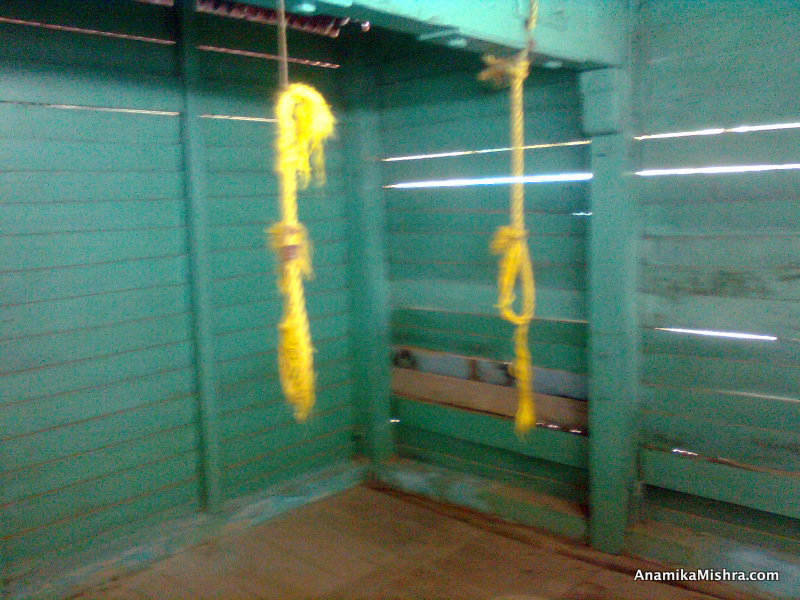
The terrace of the jail
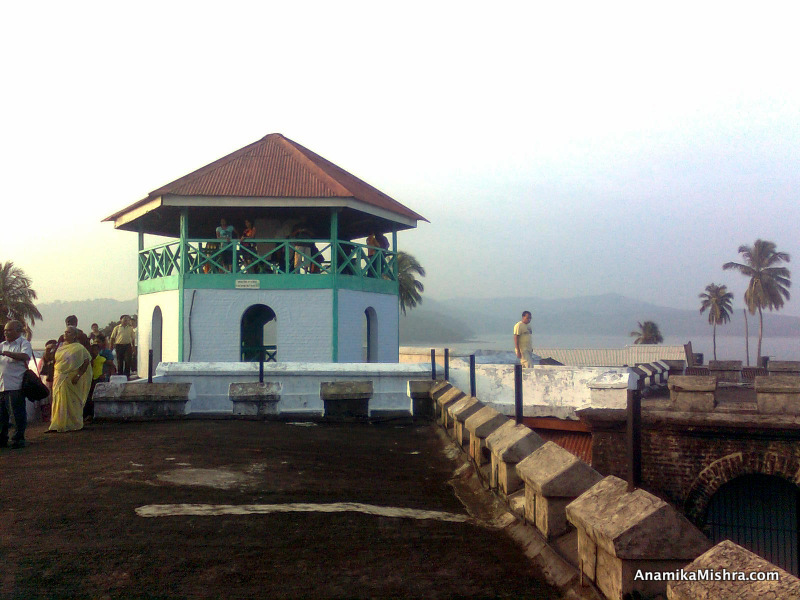
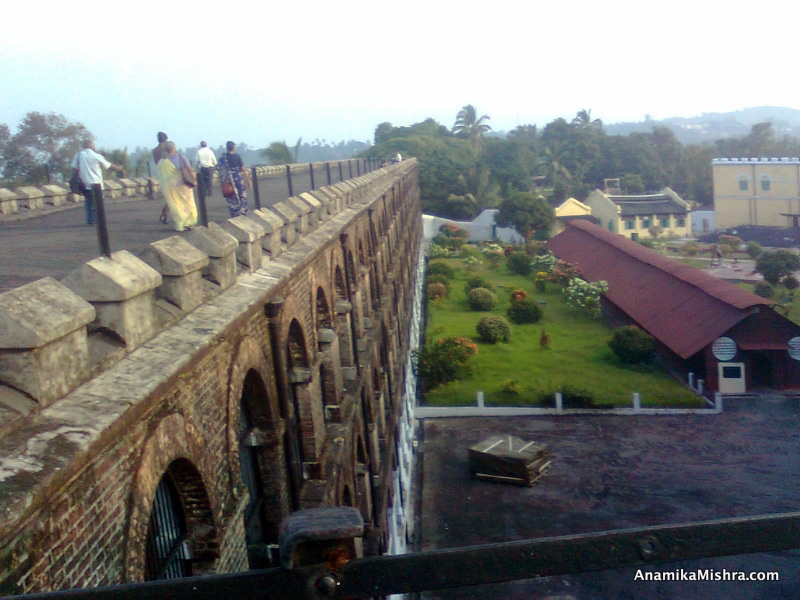
Narrow-lanes of the Jail

Museum
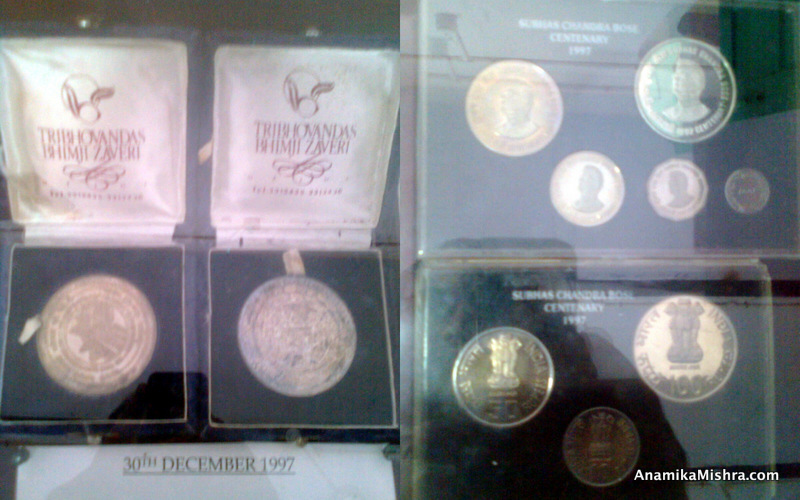
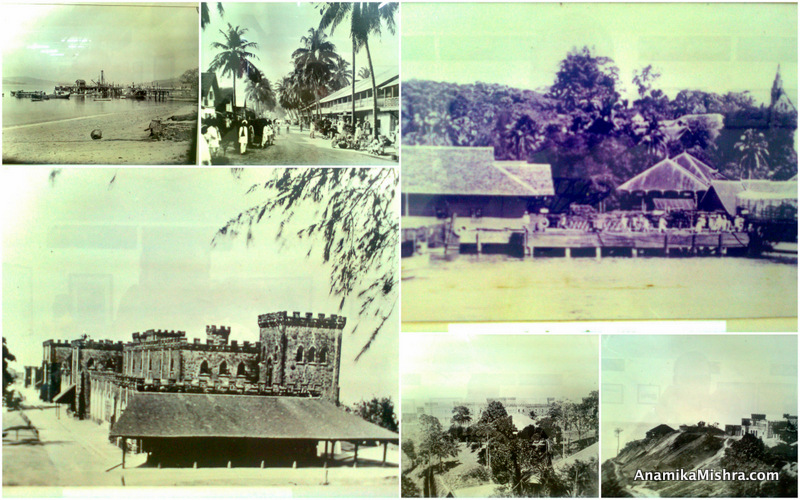
15 August 1947 Newspapers

Some more miscellaneous places inside the Jail
History of Cellular Jail, Andaman & Nicobar Island
The best way to experience the history of Kala Pani is to attend the brilliant light and sound show, that makes one revisit back in time. It demands attention because the lights and sounds come from various parts of the jail. For instance, Veer Savarkar’s voice will come from his cell and light will blink, then another voice will come from the terrace and light will blink accordingly. It is a very unique experience & obviously, very informative.
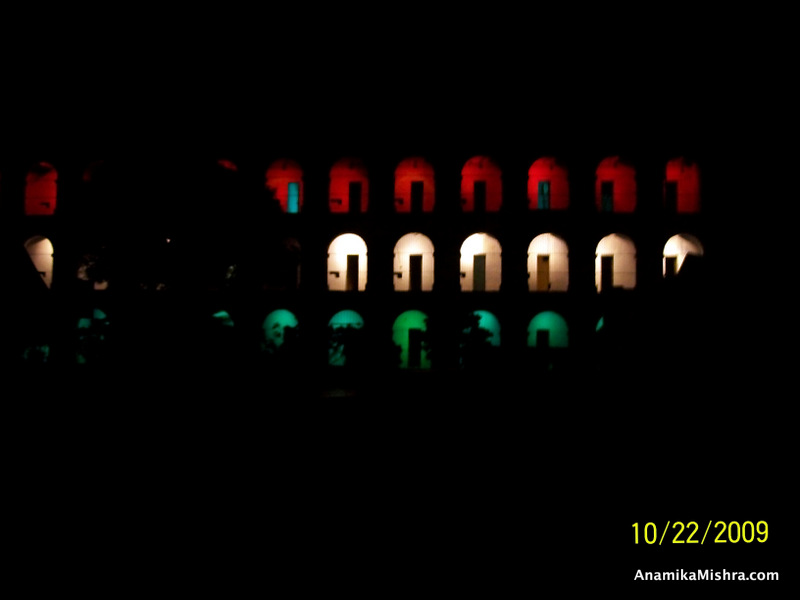
The freedom fighters were kept tied in big chains and cuffs. These Britishers were so brutal that they did not even allow the prisoners to go to the washrooms at night. They used to make them work hard for the day and gave only one meal to eat. Also, the tour guide narrated how they randomly used to hang the prisoners and executed them without any records or prior notice/paperwork.
The main motive to bring the prisoners here was not just to keep them away from the populated areas, but they were put to work in the construction of the jail, the houses, the ports etc. Some were also make to work to make handicrafts, clothes, cut woods etc.
The cells were as small as 15×8 feet only and it could accommodate only 1 person. These cells were build in such a way that prisoners couldn’t even see or communicate each other. All the wings faced back-to-front style (see the pic), this means you could not even see another prisoner outside.
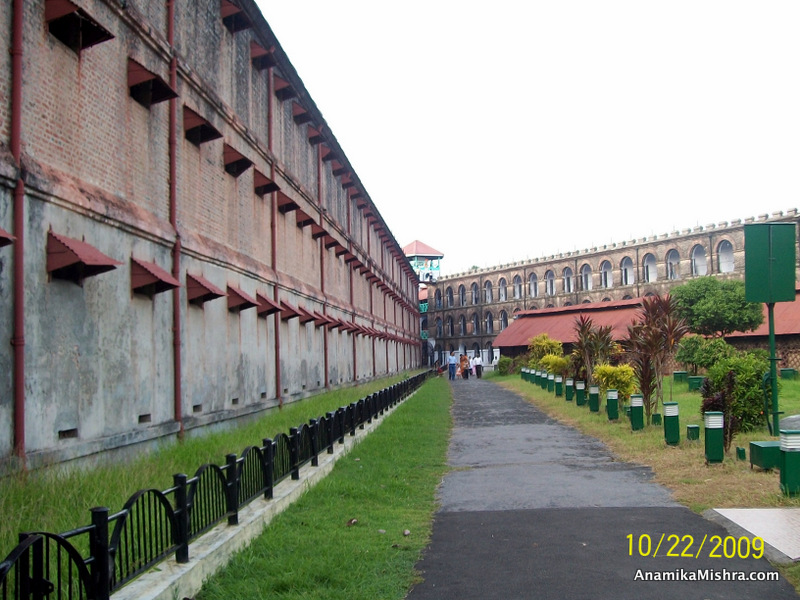
And not even Indians but there were prisoners from Burma as well. Once, 283 prisoners tried to escape the jail but all got caught because obviously, it was a jungle island and only water surrounding it. They all were punished brutally, 1 of them committed suicide also.
It really saddens me from inside how our freedom fighters were treated and what misery they have seen.
Every time I read or hear history, I only thank God that now we will in a free nation. Please share this article if you really found it informative.

Also read:
15 Interesting Facts About Independence Day
Independence Day – 15 August – History & Significance
If you like reading novels, do check out my bestselling novels as well. Do follow me on my instagram and facebook and be a part of my 500k+ social media fam! And just in case you don’t know, I also have a Youtube Channel where I post travel vlogs, self help videos on writing, blogging and lifestyle and my poetry. Subscribe!
P.S: All the information in this article is based on the information provided by the tour guide in Andaman, the light and sound show and the tourist information centre booklet.


